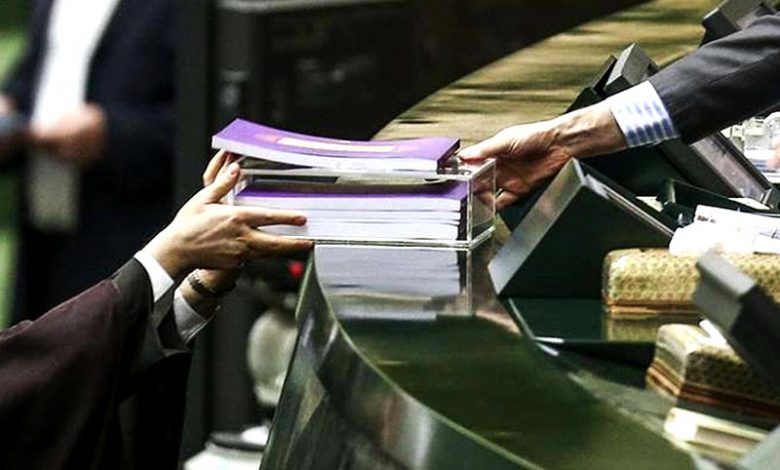Iran’s Draft Budget Is Not All It Seems

By Mohammad Sadat Khansari
The Iranian Regime’s recently released draft budget for the next Persian year (March 2019-Mar 2020) will resolve all of the problems for the poor by increasing the minimum wage, reducing the costs of goods, and giving jobs to the unemployed, according to a report by a state-run broadcaster on December 28.
The report said: “In next year’s budget, the government intends to increase the wages of employees in tandem with increasing the employment rate for the youth, all the while keeping the prices for gas at the 10,000-rial [10 cents] level and make sure that supervision is made in a way that goods reach people with cheap prices.”
Well, this all sounds fantastic. What Iranian wouldn’t want that? But could it be too good to be true? Let’s not make a decision based on one report, but rather take in a balance of opinions from media outlets and experts.
Lack of transparency
The major problem with this budget bill is the incredible lack of transparency, which is not something that anyone wants when it comes to money.
Iranian economist Vahid Shaqaqi Shahri told the Fararou website that the “[next year’s] budget is not transparent”, with the “high budget deficit” not even being presented in the budget bill.
He estimates that the Regime will have a deficit of over $10 billion, more than a quarter of the whole budget and that the Rouhani government is trying to hide the deficit through “future selling”.
Shaqaqi Shahri said: “In the budget, there is a $4.4 billion income through the selling of financial and Islamic bonds… For three years, we’ve introduced the evil phenomenon of future selling of resources in the country.”
And he’s not the only one with questions. Iranian economist Farshad Momeni, the advisor to former presidential candidate Mir Hossein Moussavi, also notes the lack of transparency and advises that this could well be a political move to strengthen public faith in Rouhani ahead of the 2021 election.
He said: “In financial shortages, the government always moves towards less transparent budgets, and the overlap between the 2019/2020 budget and the political election cycle of the parliament can worsen this situation.”
Impractical
The other major problem with the draft budget is that it fails to practically address key problems faced by the Iranian people.
Mohammad Javad Tavakoli advises that there is no information about plans to change the economic structures that cause these problems in either the budget or the speeches of Rouhani and his economic team.
Tavakoli wrote: “Apparently, you have to wait another five years for them to discover the remedy after they’ve discovered the disease.”
The reason that there is little information about changes that could help the Iranian people is that Iran’s economic problems are deeply rooted in the rule of the mullahs, something that no member of the Iranian Regime hopes to change.
The 2019/2020 budget bill also relies on incorrect figures related to oil income, which a great deal of the budget rests upon, believing that they will get $54 per barrel and export 1.5 million barrels per day, but even the state-run Mehr news agency expressed concern about that.
Mehr wrote: “Because of the oil ministry’s passivity over the last month, Iran’s oil exports have decreased dramatically and are less than one million barrel per day. This shows that the oil ministry couldn’t even efficiently use the waivers that have been given to six countries to buy oil from Iran.”
While the state-run Javan newspaper explained that sanctions on Iran would mean that the government was facing challenges and a lack of resources in the next financial year.
The promise of increasing wages and pensions by 20% is a pipe dream by the Rouhani administration, but even so, 20% would not be enough to meet rising inflation or help get more people into employment. The country has been severely damaged by four decades of mismanagement and corruption, so the only thing that will remove the problem is Regime change.

